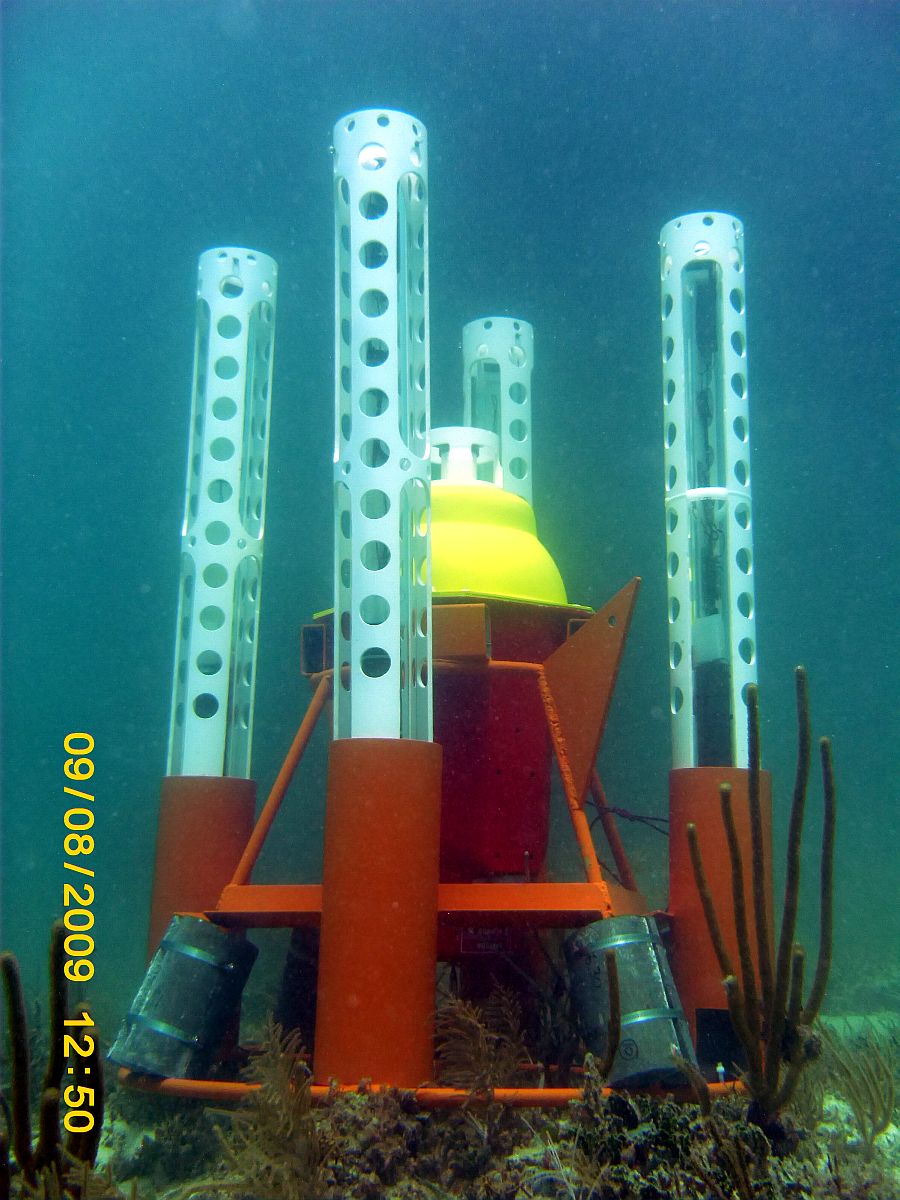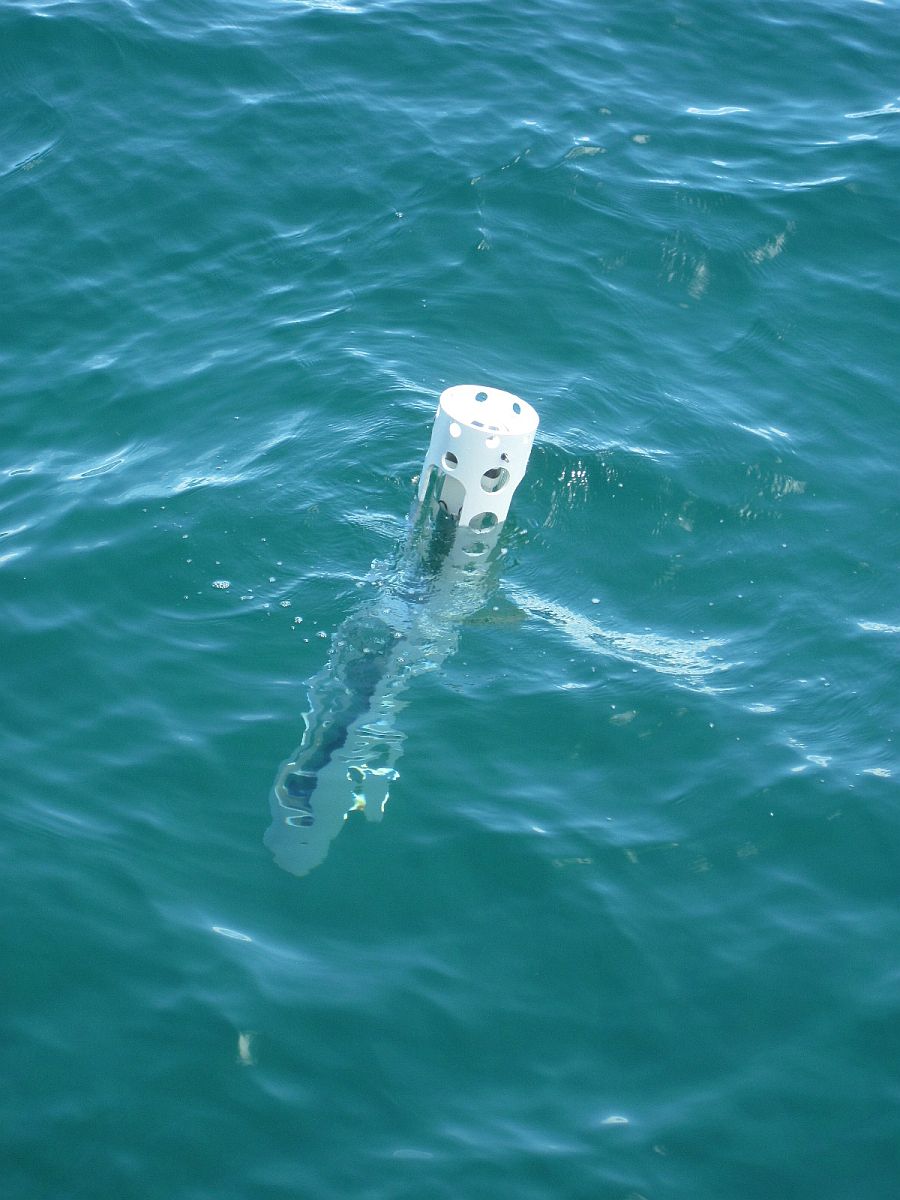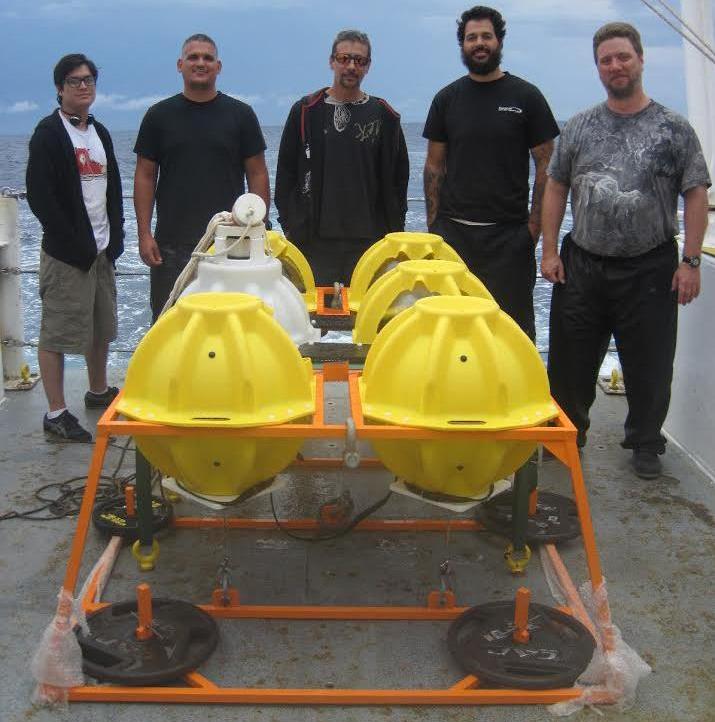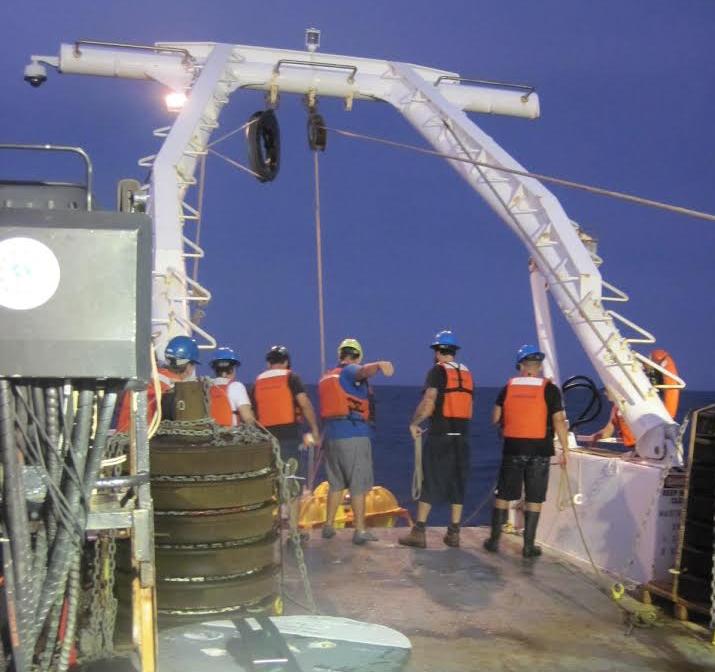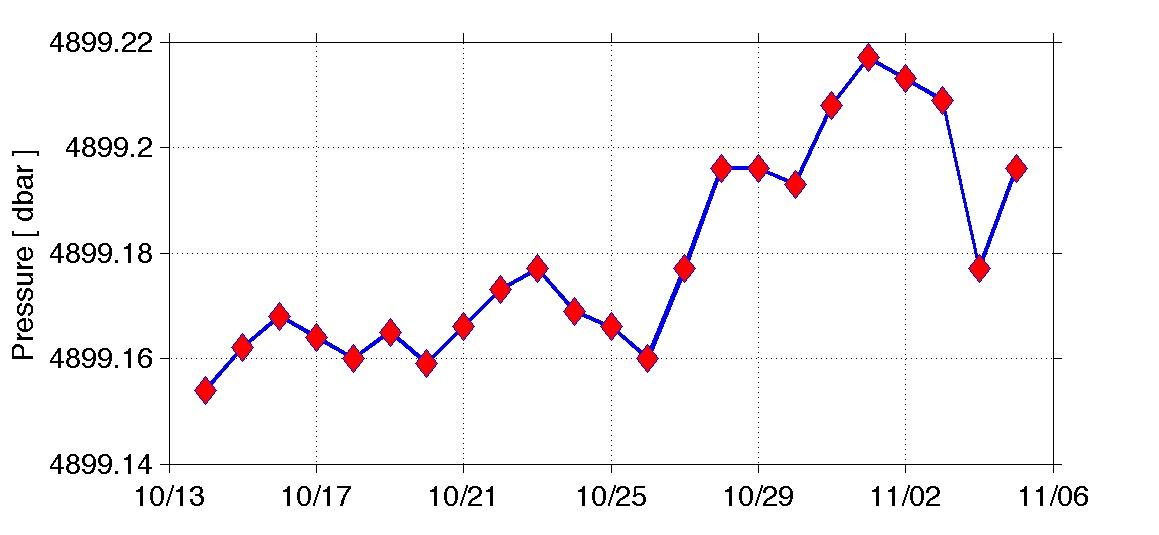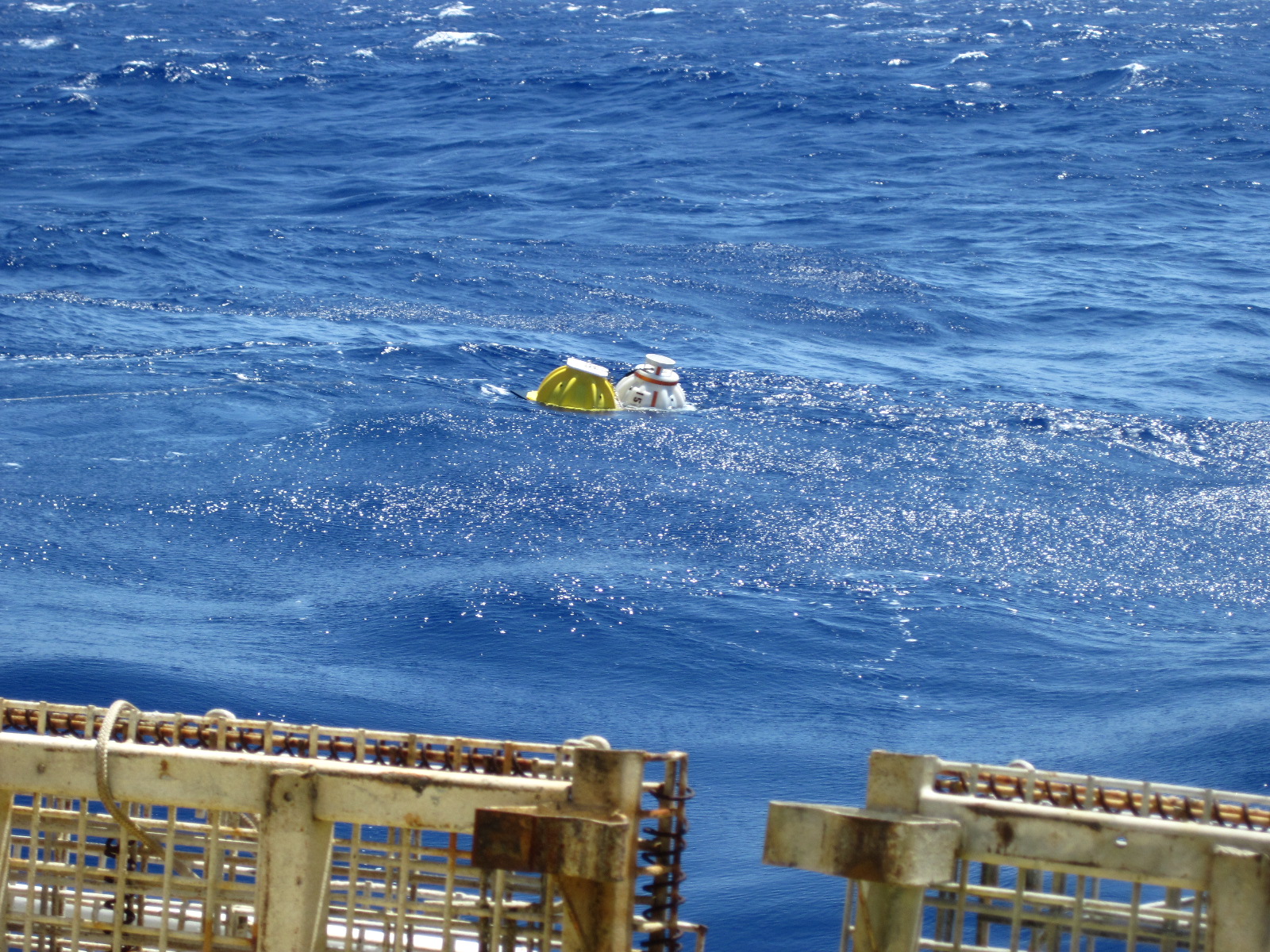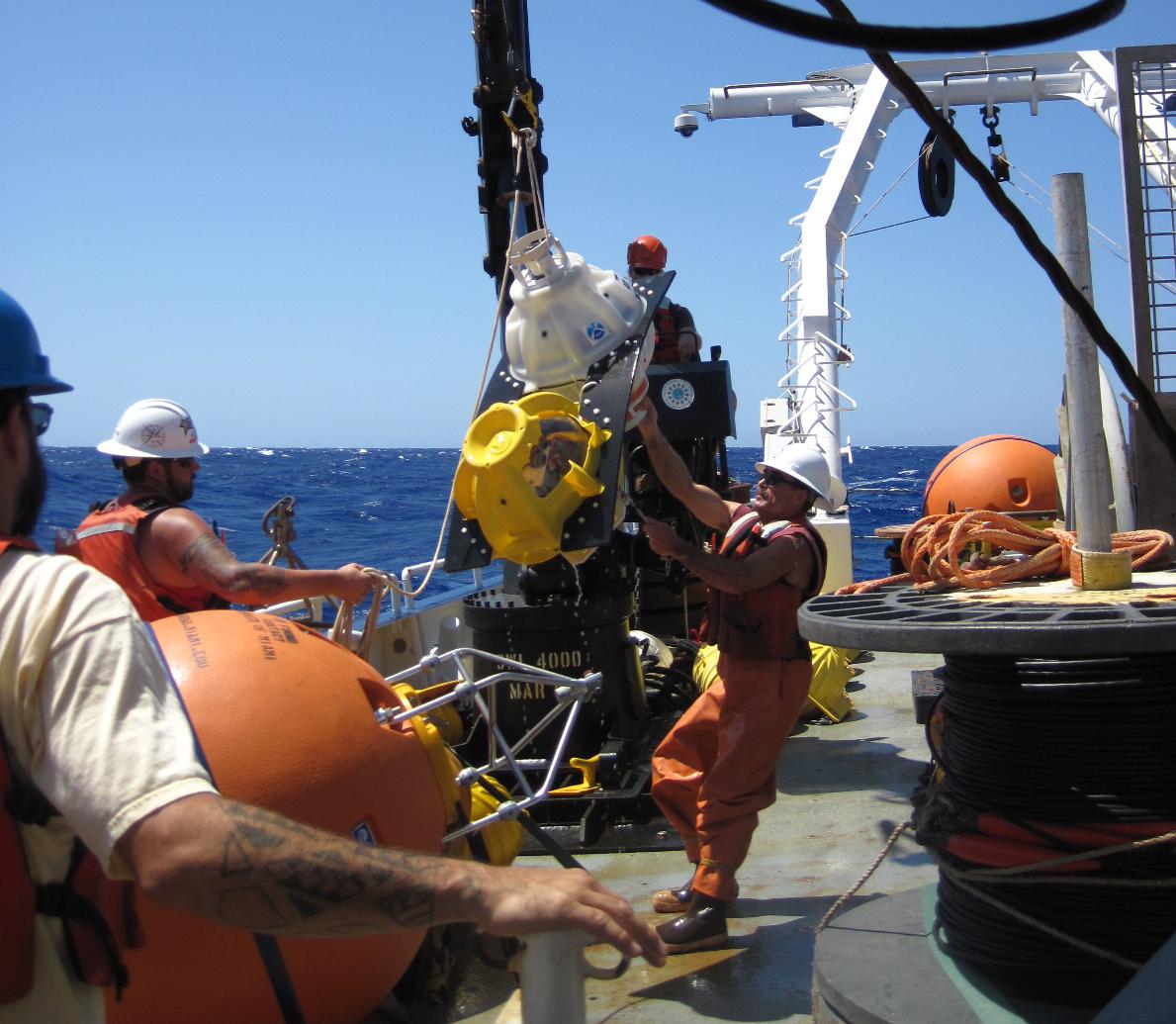A classic conundrum of physical oceanographic and climatic research has been how to measure the deep ocean and record data with instruments on the bottom of the ocean while also getting the data back to land quickly enough to be used in climate analysis and prediction. The existence of instruments able to telemeter the data to a ship on site was an advance towards the solution of the near real time problem. However, it increased considerably the cost of the operation due to the increasing cost of the vessels. The ocean environment is a particularly challenging and harsh one for the electronics that are the heart of modern measurement systems, and the deep ocean is typically even less forgiving. Recent scientific research has demonstrated, however, the critical need for data throughout the full depth of the ocean if society is to improve understanding and prediction of climate changes. Solutions to these challenges, therefore, must be sought.
Funded through the 2009 OAR Assistant Administrator's Discretionary Fund (AADF) program, this AOML/PHOD project has sought to develop a cost-effective system utilizing expendable 'data pods' which would collect data from a central instrument, self-release at a user pre-programmed interval, surface and transmit their data back to land via satellite. This conceptual design has the advantage of being adaptable to many different kinds of sensors and would serve not only the NOAA Climate Goal's needs but would also foster cross-goal and cross-line cooperative execution by addressing some needs of the Ecosystem Goal as well as the Weather and Water Goal.
Initial development of this system, which has now been named the "Adaptable Bottom Instrument Information Shuttle System (ABIISS - pronounced Abyss)" has mainly utilized a pressure-equipped inverted echo sounder (PIES) as the primary instrument for which data must be transmitted. Some testing has also been done using a bottom mounted Acoustic Doppler Current Profiler (ADCP). The original design called for 16 to 18 data pods. The first prototype was developed and tested with only four data pods. (see left Figure). The PIES is contained in the yellow hard-hat in the photo, while a data controller is located beneath the PIES inside the orange protective structure. The vertical white structures are protective housings containing glass tubes which are the data pods themselves.
A PIES makes two measurements, round-trip acoustic travel time and bottom pressure. These measurements are made on a predetermined schedule; for this test, measurements were made every 10 minutes. Once the PIES made a measurement the data was delivered to the data controller via an RS-232 serial cable that comes standard with the PIES. The data controller then retransmitted the data via radio-frequency signals along wires laid along the frame. It is important to note that the wires that transmit data to the data pods do not penetrate the glass tubes - this is critical to avoid potential binding during release of the data pods.
The data pods were programmed to release (see movie) one hour and three hours after deployment, and when they reached the surface they transmitted the data through the Iridium Satellite System back to land (see Figure to the left). Several different satellite transmission systems are being investigated in order to determine optimal cost-effectiveness.
No modifications are required to adapt any oceanographic instrument for use with the ABIISS system. The results from the open ocean test were successful and the proof of concept was validated. The data was downloaded from the PIES to the controller using a serial cable interface. The controller then transferred the data to the data pods via a radio frequency link. The data pods were programmed to release once an hour and every three hours. Initially a problem was detected with the release mechanism. The burn wire mechanism successfully burned the wire but the data pods had to be release with the assistance of the divers. The mechanical problem stemmed from the spring release system. This minor design flaw was corrected onboard the ship. The second deployment went flawlessly. The data pods released as programmed, and once they reached the surface the data was transmitted via the iridium satellite system and received onboard the ship via email.

